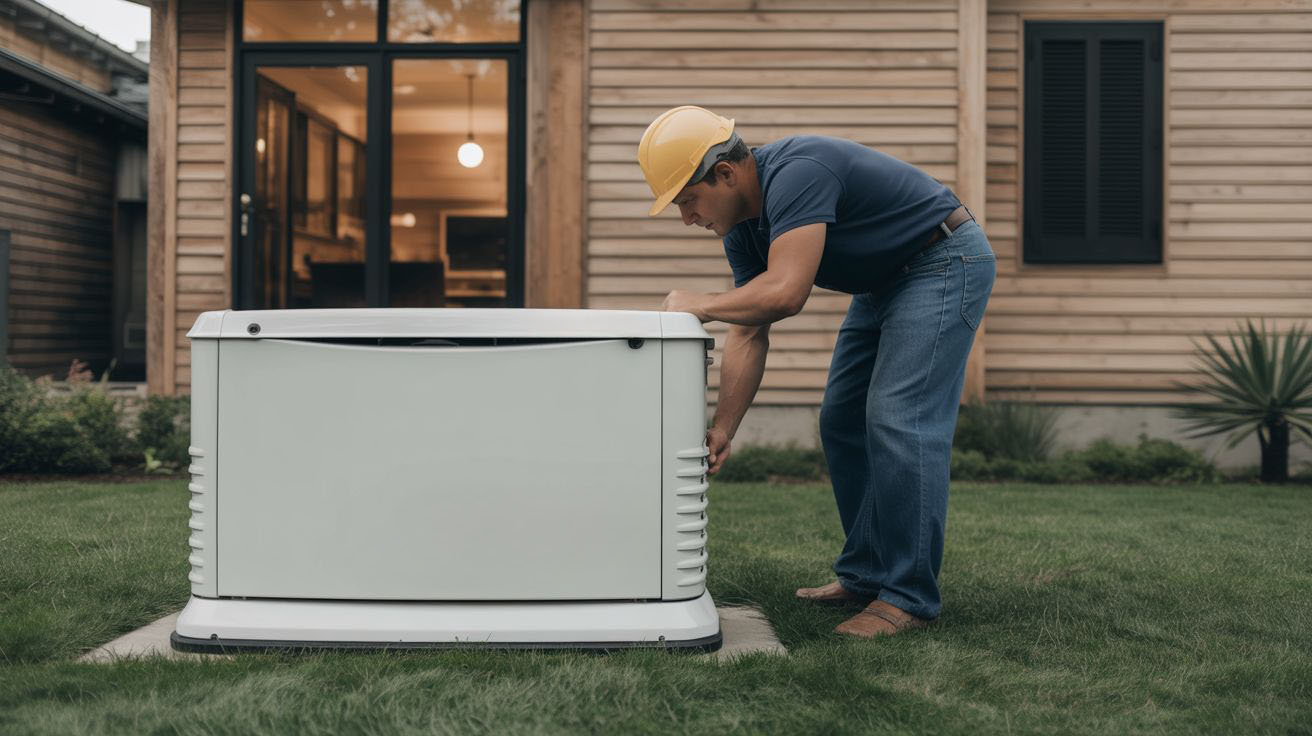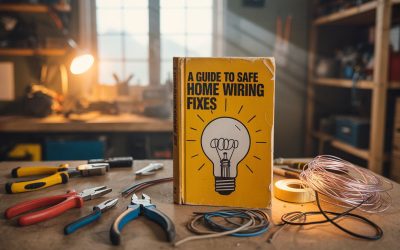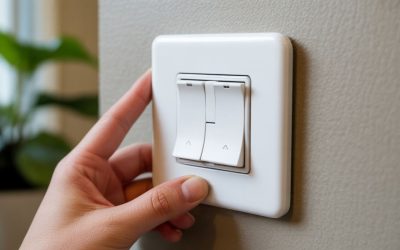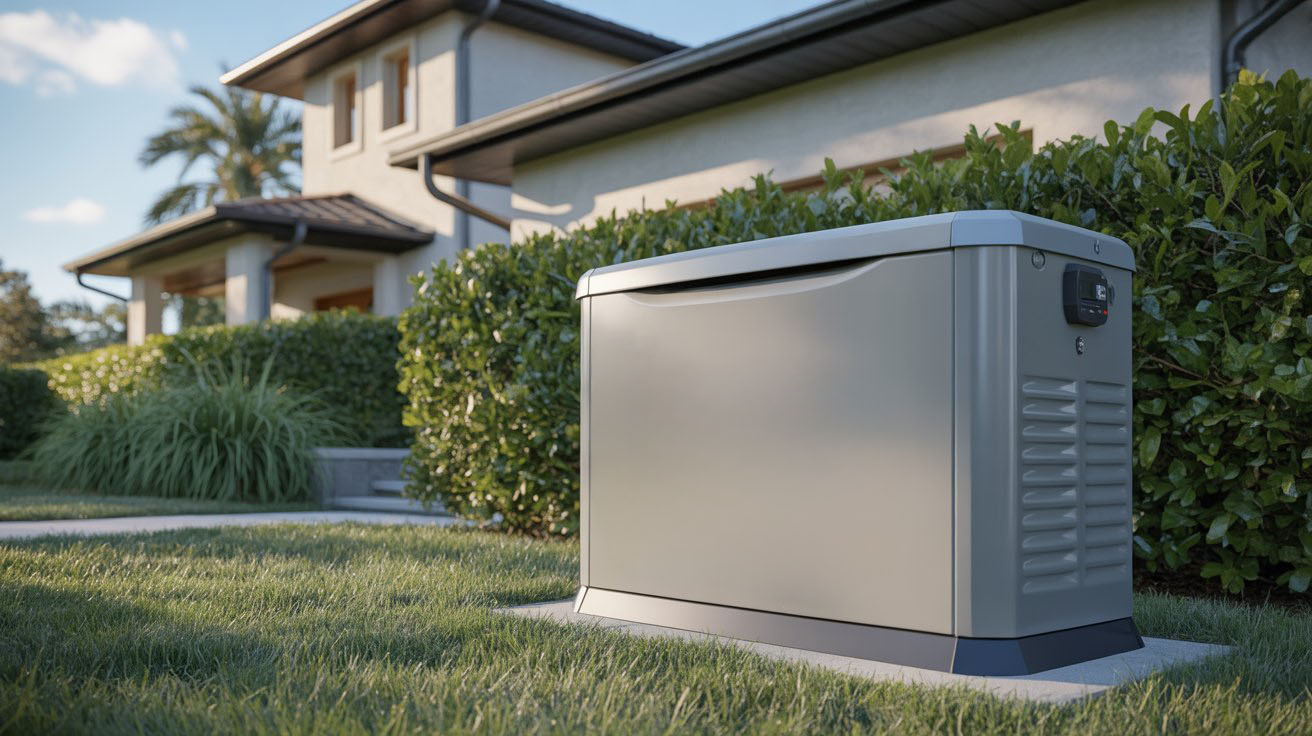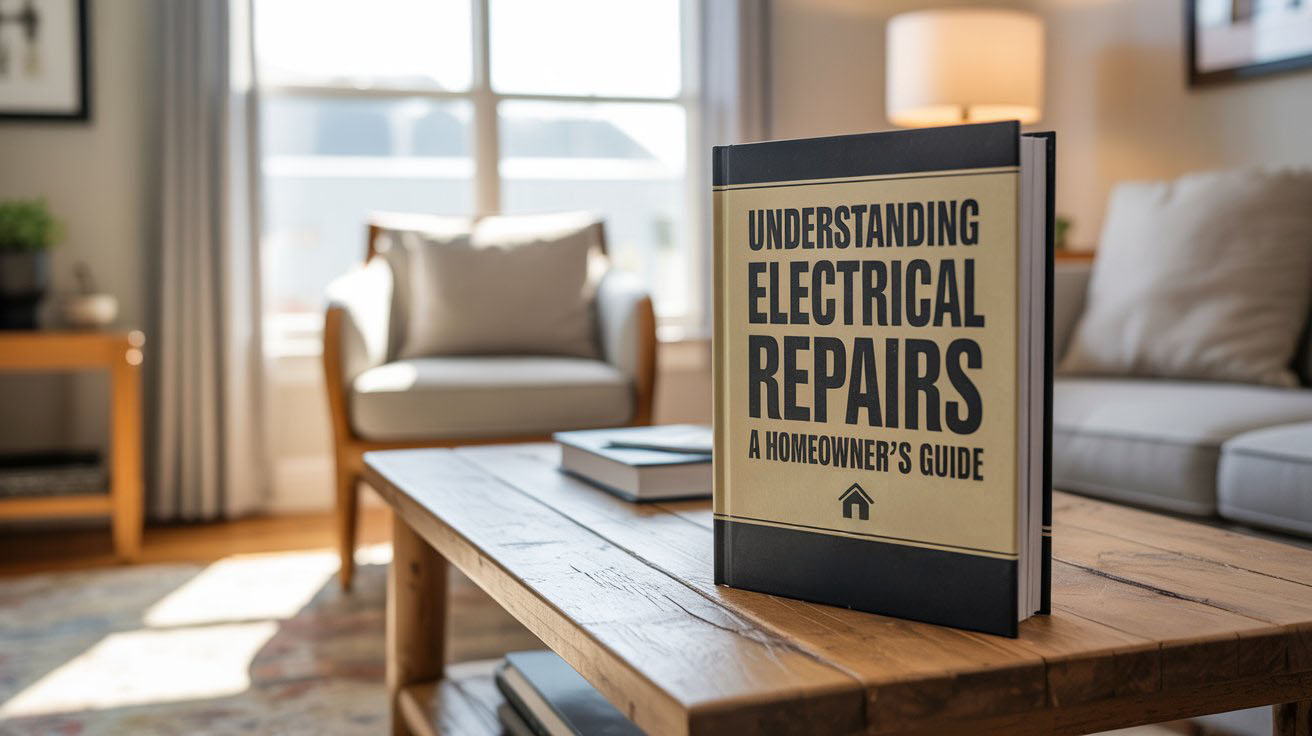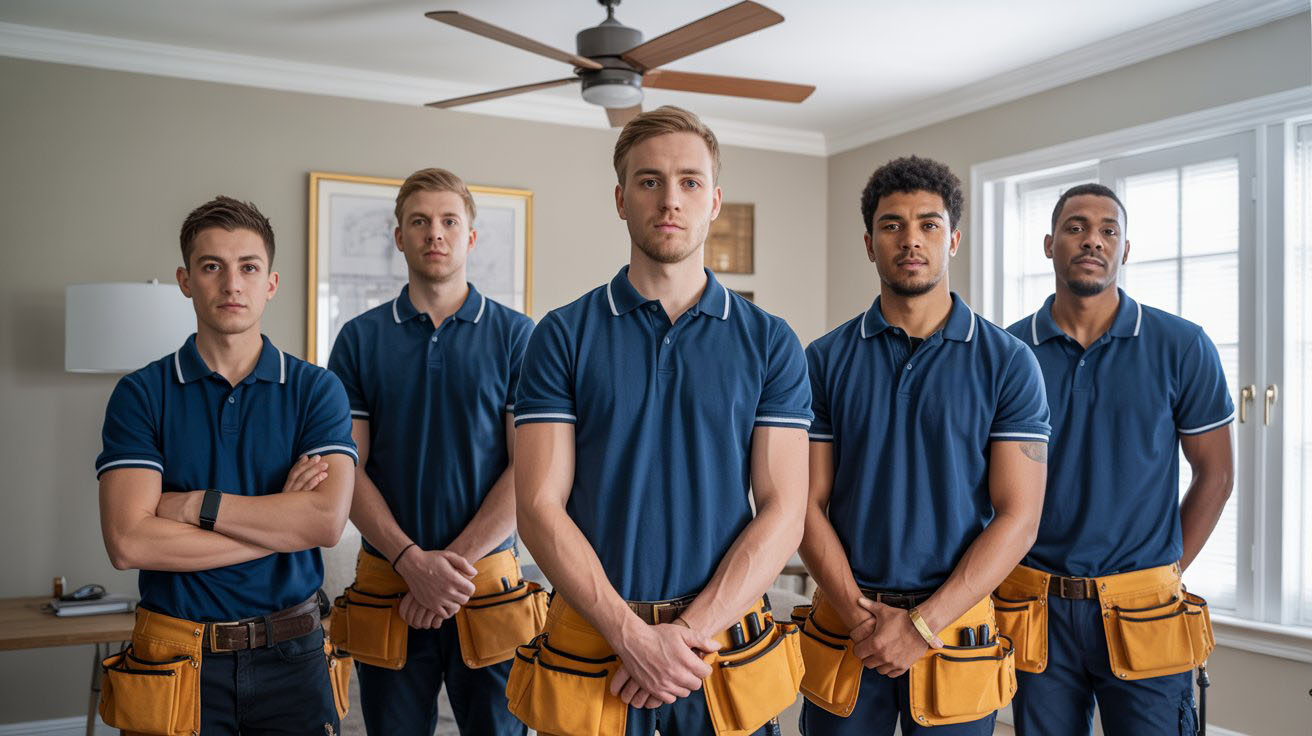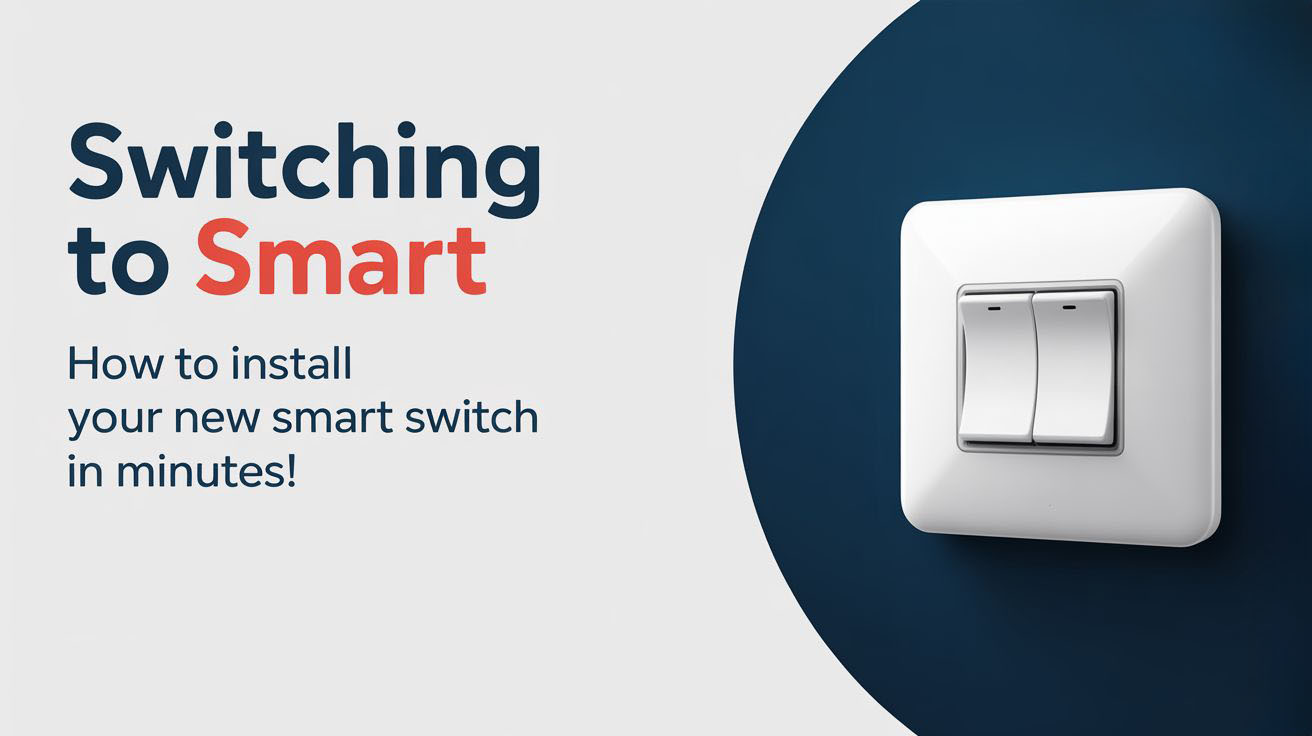Are you considering installing a home generator? Many homeowners opt for generators to ensure their homes remain powered during outages, storms, or emergencies. Understanding the installation process and some essential tips can simplify your journey toward finding the best solution for your needs.
Table of Contents
- Types of Generators
- Benefits of Home Generators
- Considerations Before Installation
- Installation Process
- Maintenance Tips for Your Generator
- Key Takeaways
- FAQs
Types of Generators
There are several types of home generators, each with unique features suited for different needs. The main categories include:
- Portable Generators: These can easily be moved and are typically fueled by gasoline. They are great for temporary power needs but may not power your entire home.
- Standby Generators: Permanently installed outside your home, these generators automatically start during an outage. They usually run on natural gas or propane and can power your whole house.
- Inverter Generators: Known for being quieter and more fuel-efficient, inverter generators are portable and adjust their output based on your energy needs.
Understanding these options helps you choose the best generator tailored to your requirements.
Benefits of Home Generators
Home generators provide numerous advantages that enhance comfort and safety. Some key benefits include:
- Power During Outages: Unpredictable storms or outages won’t disrupt your life when you have a reliable power source.
- Improved Home Security: Security systems, lights, and other vital devices remain operational, enhancing the safety of your home.
- Increased Property Value: Homes with installed generators may attract more buyers and increase resale value.
- Convenience: You don’t have to worry about manually setting up a generator during bad weather.
These benefits make home generators a worthwhile investment for many homeowners.
Considerations Before Installation
Before you install a generator, there are several important factors to keep in mind:
- Power Needs: Determine how much power you will require. Listing the essential appliances that need to be powered during an outage can help you choose the correct generator size.
- Fuel Source: Decide between natural gas, propane, or gasoline. Your choice will influence generator performance and installation.
- Location: Selecting the right installation site is crucial. Generators should be placed away from windows and doors to avoid harmful exhaust fumes.
- Local Codes and Regulations: Check for local building codes and homeowner association rules related to generator installations.
Considering these factors will help you in selecting the right generator and ensuring a smooth installation process.
Installation Process
The installation process involves several steps to ensure safety and efficiency. Here’s what to expect:
- Consultation with a Professional: Hire a licensed electrician to assess your home and advise on the best generator type and size.
- Permitting: Once you’ve chosen a generator, the electrician will secure the necessary permits before installation.
- Site Preparation: Prepare the installation area by clearing debris and ensuring proper drainage.
- Installation of the Generator: The generator will be positioned, secured, and connected to your home’s electrical system and fuel source.
- Testing the System: After installation, the generator will be tested to ensure it operates correctly.
By working with a professional, you can ensure that the installation adheres to safety standards and local regulations.
Maintenance Tips for Your Generator
Regular maintenance extends the life of your generator and ensures it’s ready when you need it. Here are essential maintenance tips:
- Regular Testing: Run the generator monthly to ensure it is functioning correctly.
- Oil and Filter Changes: Change the oil and filters routinely as recommended by the manufacturer.
- Clean Air Filter: A clean air filter enhances generator performance and efficiency.
- Fuel Stabilizer: If your generator runs on gasoline, use a fuel stabilizer to prevent the fuel from degrading.
- Professional Inspection: Have an electrician inspect the system annually.
Taking these steps helps you avoid costly repairs and ensures your generator remains reliable.
Key Takeaways
– Identify the right type of generator for your power needs.
– Consider factors like fuel source, installation location, and local regulations.
– Work with a licensed electrician for a professional installation.
– Follow maintenance tips to keep your generator in peak condition.
FAQs
What size generator do I need for my home?
The size depends on the total wattage of the appliances you want to power during an outage. A licensed electrician can help assess your needs.
How often should I run my generator?
It’s advisable to run your generator at least once a month for 20-30 minutes to keep it in good working order.
Do I need a permit to install a generator?
Most areas require a permit for generator installation to comply with local building codes and safety regulations.
Can I install a generator myself?
While some homeowners may attempt DIY installations, hiring a licensed electrician is recommended for safety and compliance.
What is a transfer switch?
A transfer switch is a critical safety device that connects your generator to your home’s electrical system, preventing back-feed into the grid during an outage.
Schedule Your Electrical Service Today
Installing a home generator is a valuable investment for your comfort and safety. Don’t wait for the next power outage to take action. Consult with a professional electrician to guide you through the selection and installation process. For more information or to schedule a service, Contact Us today!

